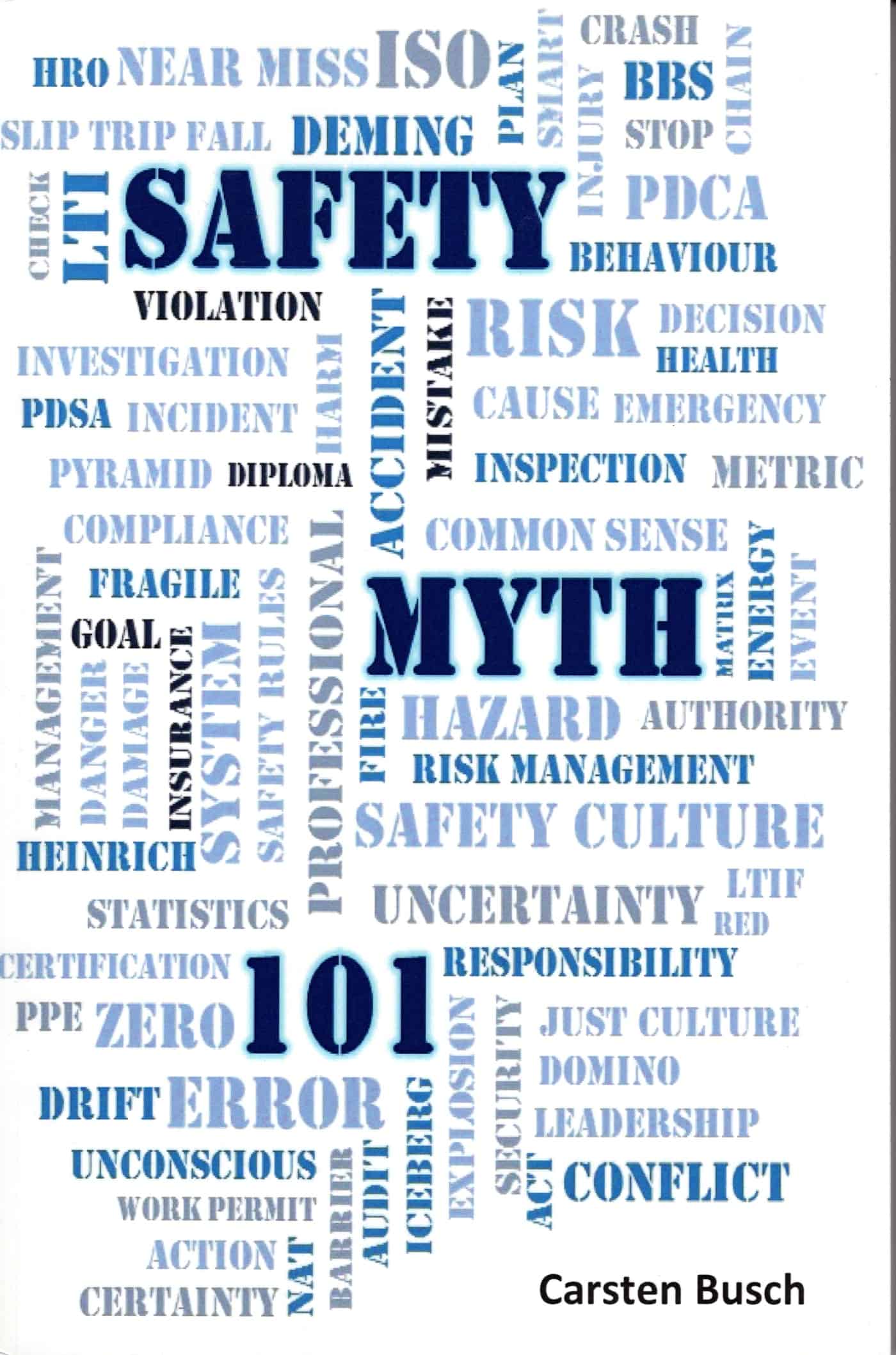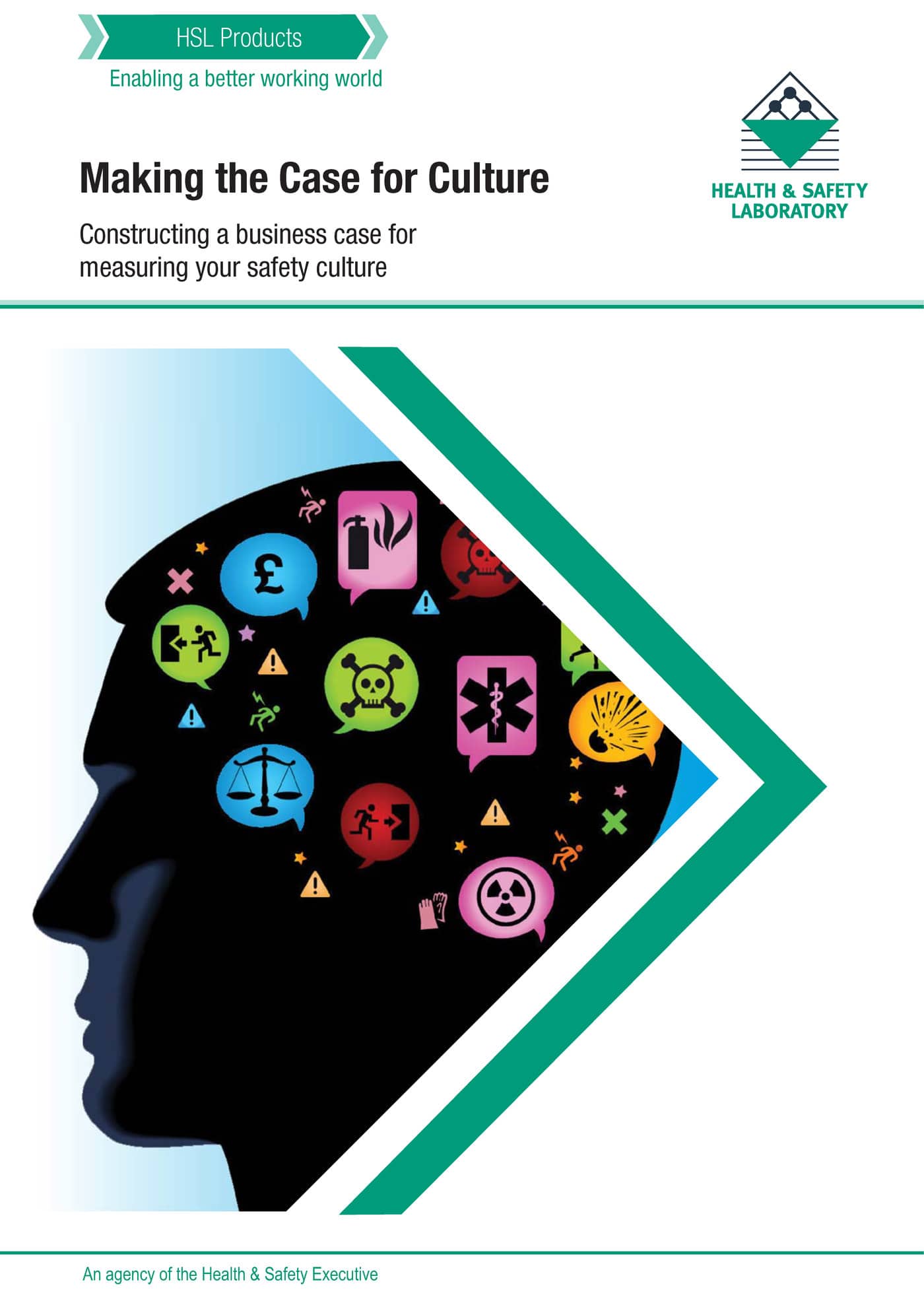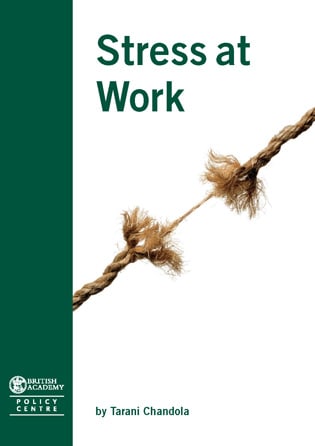 The perception survey on which the Perceived Levels report was based is an application of the Nordic Occupational Safety Climate Questionnaire (NOSACQ-50) which is “a tool for diagnosing occupational safety climate and evaluating safety climate interventions”.
The perception survey on which the Perceived Levels report was based is an application of the Nordic Occupational Safety Climate Questionnaire (NOSACQ-50) which is “a tool for diagnosing occupational safety climate and evaluating safety climate interventions”.
The Perceived Levels report found
- Small business operators felt they didn’t display management safety empowerment and management safety justice enough.
- The level of activities in these area varied in different industry categories
- Most employers felt they displayed these activities frequently.
- Employers with apprentices and young workers felt they displayed these attitudes more.
“Management safety justice” may seem like an odd concept as it is relatively new to Australia and there is very little information available online to clarify. What might help is the list of questions that was asked in the survey on this topic:
- The business collects accurate information in accident investigations.
- Fear of negative consequences discourages workers here from reporting near miss incidents.
- The business listens carefully to all who have been involved in an incident.
- The business looks for causes, not guilty persons, when an accident occurs.
- The business knows when to report incidents to the health and safety inspectorate.
The survey results are presented as positives and knowing perceptions is important but the percentages of management safety justice seem alarmingly low for OHS obligations that have existed for decades. For instance
“Just over half (59%) of employers indicated that their business collects accurate information from incident investigations, although small businesses were much less likely to indicate that they collected this information (54%) compared to employers in medium and large businesses (95% and 94% respectively). ” (page x)
So 41% do not collect information from incident investigations!! What’s not clear is whether investigations occur at all.
The potential for this type of survey seems good and it would be great to see it carried out more frequently or more broadly and over time so that perception changes the effectiveness of OHS initiatives can be measured. That is unlikely to occur through Safe Work Australia (SWA), however.
SWA told SafetyAtWorkBlog that it has no plans to repeat the perceptions of work health and safety survey.
OHS people often talk about “work as perceived vs work as done”, acknowledging that planned works are often different from how the work is performed in reality. The SWA report addresses the former but there is no intention to try to verify those perceptions. SWA advised SafetyAtWorkBlog that
“…to do so would be very challenging from a methodological point of view.”
A major element of OHS management is verifying the reality to the perception, the “work as done” to the work “as planned” through procedures, work instructions and safe work method statements, for instance. Many companies apply a rigorous system of audits, assessments and inspections to verify legal and operational compliance. Some are beginning to undertake safety culture assessments over time. The benefit to the Australian business community of showing how compatible leadership culture on safety is to the application of safety could have been substantial.
The weight given to this perceptions report needs to be considered carefully as the limitations are identified very early in the document. For instance, the response rate to the 2012 survey was low and the data cannot be said to be representative of the Australian community. Safe Work Australia (SWA) told SafetyAtWorkBlog that
“we cannot be confident that the information is representative of the whole population”.
This Safe Work Australia report provides a glimpse into managerial perceptions but little more. Safe Work Australia does provide other more substantial reports from which there is often more to learn. One such report, from May 2011 – “Motivation, Attitudes, Perceptions and Skills: Pathways to Safe Work” provided these findings, amongst others
“Commitment to work health and safety as a desirable characteristic of workplaces is strong among those who work in them.Commitment to work health and safety and individual efficacy does not translate into consistent adherence to safe work practice: Talk does not match action.
Talking about work health and safety is essential to impart understanding, but it needs to be accompanied by institutional structures that allow broad participation and that consistently mainstream safe practices.
A key element in talk and action is cooperation among managers, workers, work health and safety authorities, and unions. These actors are interdependent and each is needed to enable the effectiveness of the other. The inverse is also true. Each has capacity to undercut the effectiveness of the other.
Workplaces underperform on safety when management does not put safety first for its own sake (managers don’t walk the talk) and when participation and communication about safety are not consistent and institutionalised: In these circumstances individuals ‘close down’ as active learners and participants of safety.
Social demographic groups did not differ markedly in this report but two consistent trends were observed. Those who are most dismissive of authority while expressing concern about safety and reporting negatively on the safety of their workplaces comprise a disproportionately large proportion of younger respondents and respondents from smaller workplaces.”
Curiously, the Motivations & Attitudes report was not referenced in the employer perception report.
Research relies on replication to validate original research and it is very disappointing that Safe Work Australia cannot replicate this survey. But SWA does have the capacity to build on these survey results and provide a more detailed analysis of these perceptions, often from its existing resources, publications and reports, as seen from the Motivation report quoted above.
OHS benefits enormously from literature reviews that pull together similarly-theme research into an assessment of the current state of knowledge about workplace safety topics. The Perceived Levels report would have benefited greatly from placement within a literature review on managerial perceptions on workplace safety. It would have also been useful for a more detailed discussion of the assessment themes of “management safety empowerment and management safety justice”. These concepts are new to Australia and could have been discussed independently and to provide an Australian context. SafetyAtWorkBlog has been critical of the importation of Scandinavian (and US) concepts to Australia in the past as the socioeconomic structures of Scandinavia are very different from the Australian.
Safe Work Australia should be congratulated for trying something new and it is hoped that someone in Australia continues this work.



 Part of the core duties of any occupational health and safety (OHS) regulator is the production of data. Recently Safe Work Australia (SWA) released its “
Part of the core duties of any occupational health and safety (OHS) regulator is the production of data. Recently Safe Work Australia (SWA) released its “
